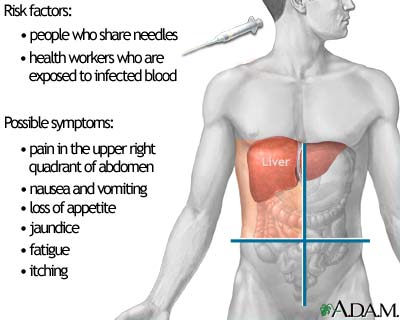
The Sapporo District Court, one of 10 district courts across Japan handling lawsuits filed by hepatitis B sufferers and bereaved families seeking state compensation, on Jan. 11 made a proposal aimed at reconciling the two sides. on Jan. 22, an association of the plaintiffs throughout the country decided to accept the Sapporo court’s proposal, under which the state would provide compensation and relief measures covering all hepatitis B sufferers. Earlier the state also decided to accept the proposal. it is hoped that the court-mediated settlement negotiations will reach a successful conclusion at an early date.
According to the health and welfare ministry, 1.1 million to 1.4 million people are infected with the hepatitis B virus, with 90 percent of them not yet having developed symptoms. Up to 440,000 carriers are believed to have been infected through shared needles during mass vaccinations. only in January 1988 did the ministry issue instructions mandating a one-use policy for needles. Some carriers have developed diseases such as liver cancer, cirrhosis and hepatitis.
In June 2006, in a lawsuit filed by five people, the Supreme Court ruled that the state was responsible for causing infections because of its failure to order local governments to take preventive steps such as not reusing needles. it ordered the state to pay ¥5.5 million in compensation per plaintiff.
The ruling gave rise to expectations that it would prompt the government to work out wider relief measures. but the government did not take specific actions. This led many people to file lawsuits in and after March 2008. The number of plaintiffs has grown to 621.
After the Sapporo and Fukuoka district courts in March 2010 called on both sides to settle the cases through negotiations the government offered to start compensation talks with plaintiffs in May that year.
During the talks, differences on the terms of compensation emerged between the government and the plaintiffs. The plaintiffs called on the government to pay ¥20 million to ¥40 million in compensation to each hepatitis B sufferer. but the government offered to pay ¥25 million in compensation for dead patients and sufferers of liver cancer or serious cirrhosis, ¥10 million to sufferers of a mild case of cirrhosis and ¥5 million for sufferers of chronic hepatitis.
The two sides differed on important points. The government took the position that carriers who have not developed symptoms have no right to claim compensation because the statutory limit of 20 years had passed since the vaccinations took place. it said that although it was ready to offer allowances to them for regular checkups, they should be regarded as measures based on policy discretion, not as compensation. it also took the position that relief measures should not be extended to those who cannot prove that they received vaccinations through official documents such as mother/child health handbooks and vaccination records at local governments.
The Sapporo District Court tried to overcome these difficult points by proposing that carriers without symptoms who cannot prove their vaccination through official documents should be eligible for relief measures if written statements by them, doctors and other relevant parties are judged by the court as truthful. it also proposed that the government pay ¥500,000 to each carrier without symptoms as “reconciliation money” as well as shoulder the cost for future regular checkups and up to ¥30,000 annually as transportation fees. to make it easier for the government to accept the proposal, the court said that the reconciliation money of ¥500,000 should be regarded as covering the cost for past regular checkups.
The court also raised the amount of compensation that had been offered by the government. Deceased patients and sufferers of liver cancer or serious cirrhosis would receive ¥36 million, sufferers of a mild case of cirrhosis ¥25 million and sufferers of chronic hepatitis ¥12.5 million.
Cabinet members concerned, including health and welfare minister Ritsuo Hosokawa and then Chief Cabinet Secretary Yoshito Sengoku, on Jan. 12 decided to fundamentally accept the Sapporo District Court’s proposal. The government later endorsed their decision. The plaintiffs and their lawyers said in their Jan. 11 statement that although the proposed relief measures for carriers with no symptoms are insufficient, they deserve a certain degree of appreciation.
The government should fully consider the hardships that hepatitis B sufferers have had to endure and hold future talks with the plaintiffs with sincerity so that both sides can work out mutually acceptable details of the settlement in a timely manner. it should also consider how to raise necessary funds needed for the compensation and relief measures, which are estimated to total ¥3 trillion.